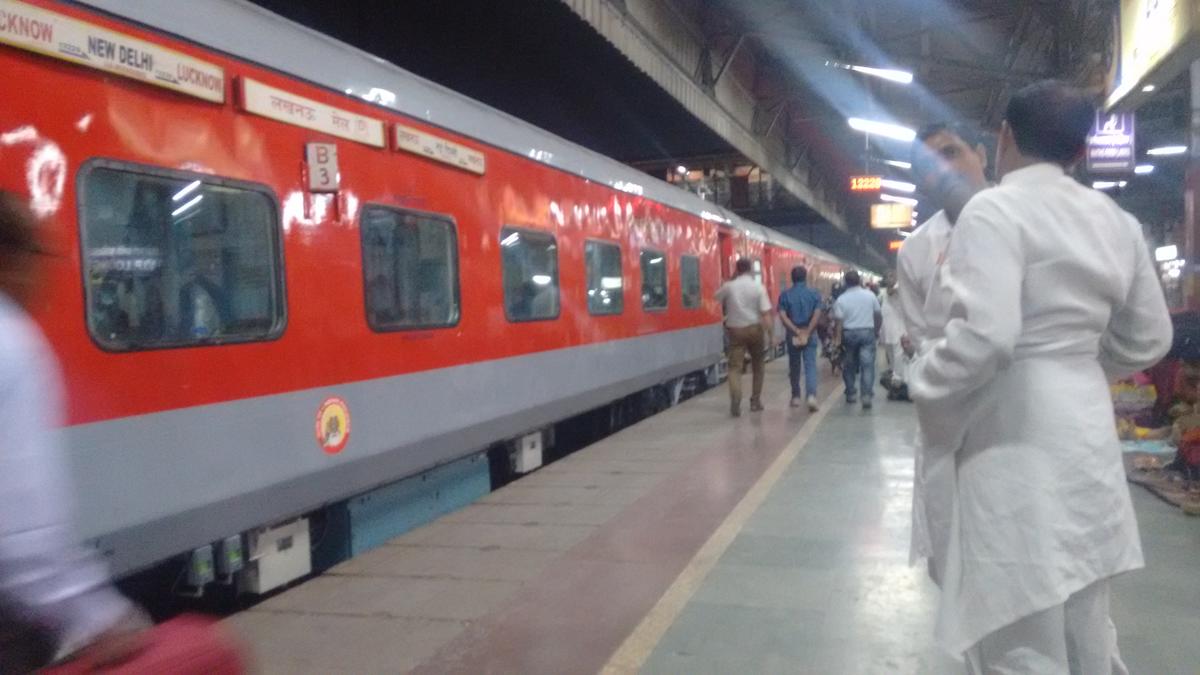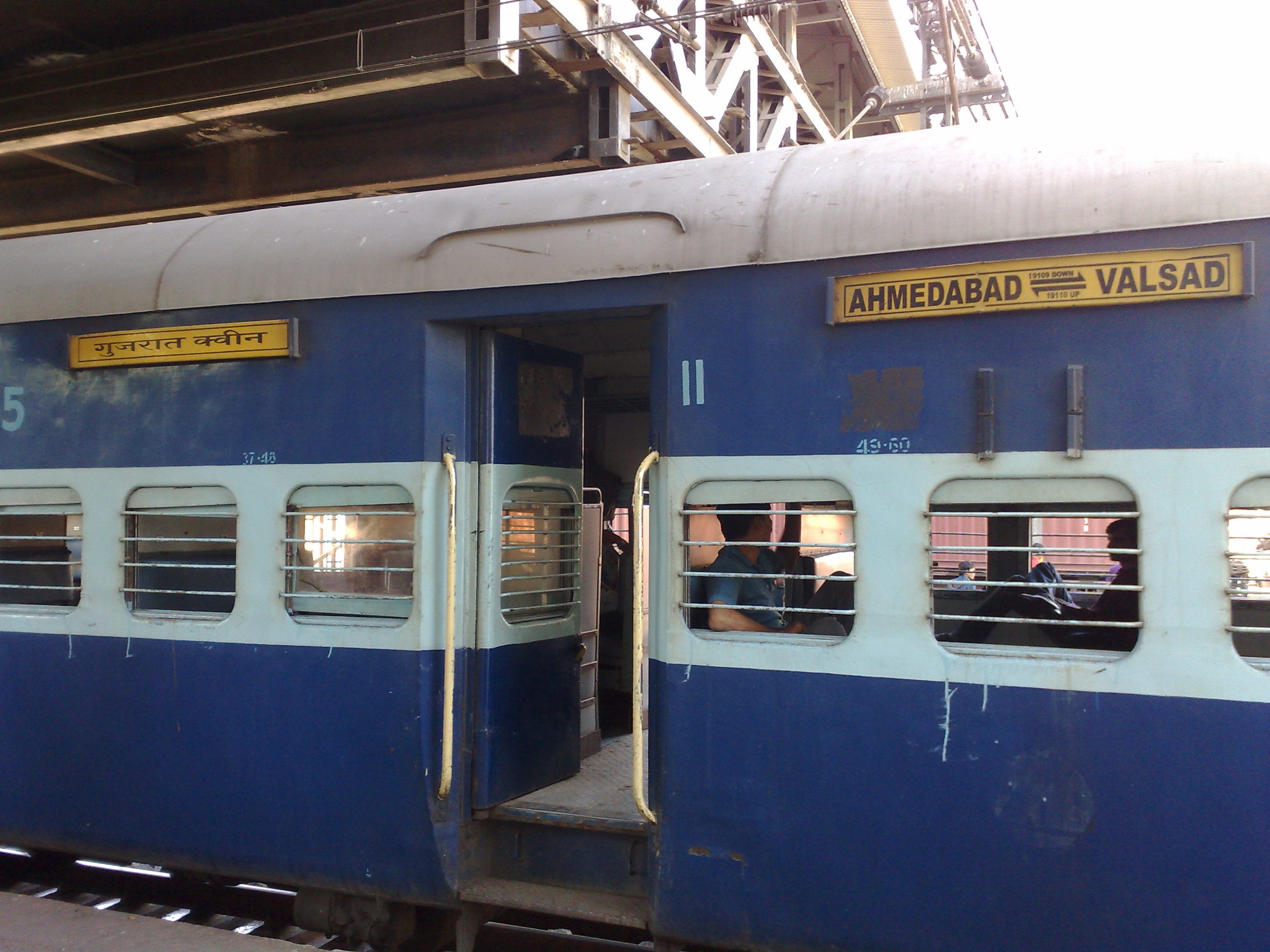To Prevent Casualties, Indian Railways to Introduce New, Safer LHB Coaches
LHB coaches are superior to ICF coaches for multiple reasons, including a better design of the ‘couplers’, which help join two coaches to form a rake.

The recent spate of recent rail accidents has pushed the Indian Railways to seriously fast track the switch to LHB coaches.

Photo Source: Wikimedia Commons
“This proves the superiority of LHB coaches over ICF coaches’. The latter is not safe for operational speeds of 100-120 kph with trailing loads of 20-24 coaches,” the report noted.

Photo Source: Wikimedia Commons
Like this story? Or have something to share?
Write to us: [email protected]
Connect with us on Facebook and Twitter.
NEW: Click here to get positive news on WhatsApp!
If you found our stories insightful, informative, or even just enjoyable, we invite you to consider making a voluntary payment to support the work we do at The Better India. Your contribution helps us continue producing quality content that educates, inspires, and drives positive change.
Choose one of the payment options below for your contribution-
By paying for the stories you value, you directly contribute to sustaining our efforts focused on making a difference in the world. Together, let’s ensure that impactful stories continue to be told and shared, enriching lives and communities alike.
Thank you for your support. Here are some frequently asked questions you might find helpful to know why you are contributing?


This story made me
-
97
-
121
-
89
-
167











